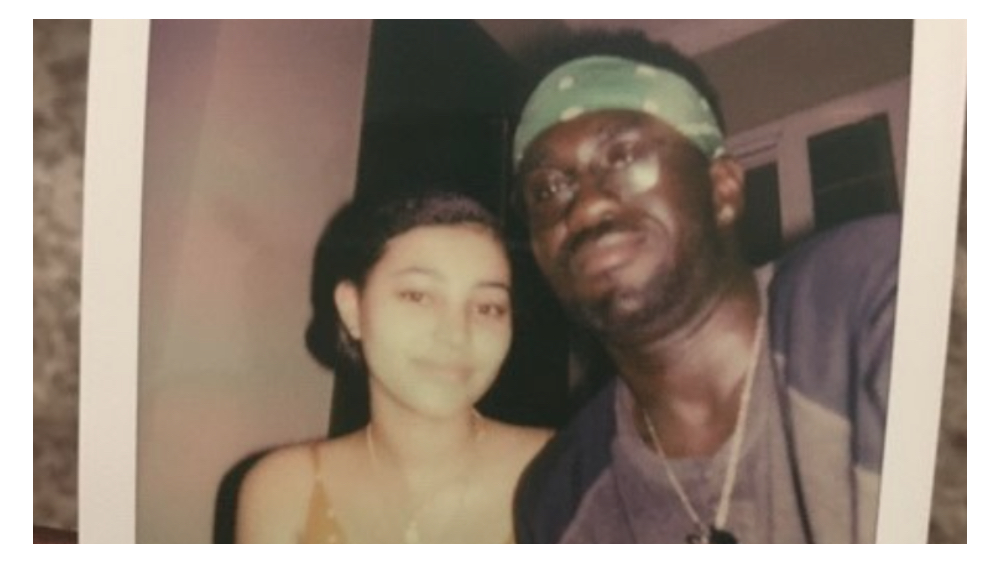If you’re interested in sharing your opinion on any cultural, political or personal topic, create an account here and check out our how-to post to learn more.
____
Kenya Barris’ Black-ish spinoff, Mixed-ish, tackles the struggles of being a mixed-race child growing up during the even more polarized 1980s, told from the perspective of a 12-year-old girl named Rainbow Johnson. In one particular episode, Rainbow asks her mother and her Aunt Denise about their family history. After her mother tells her that in Africa they were “kings and queens,” Rainbow asks if that would make her a princess. Aunt Denise responds by saying that Africa is the one place that light skins don’t flourish.
I remember laughing at that line while watching the episode thinking, “Ain’t that the truth.” However, I really had no idea how “real” what Aunt Denise was saying was, until my trip to Ghana.
When I introduce my Aunt Adjoa’s kids as my cousins, people usually say “oh wow” due to the differences in our skin tones. While I inherited my grandfather's Nubian skin tone, my cousins are light skin. This has never really bothered me due to the fact that there isn’t a biological relationship between my cousins and I. That being said, blood makes you related, loyalty makes you family. Still, when they would come to visit the U.S. and were in spaces I occupied, I always felt a little insecure. The reason is because it took me awhile to find pride in my complexion.
Nowadays, the Black community has done a better job of validating the beauty of darker skin tones. The Daniel Kaluuyas and Lupita Nyong'os of the world have blazed that path for us. Still, because whiteness as a source of oppression in this country is inescapable, lighter complexions are still associated with beauty. I always dreamed of being in a place like Ghana where “all Black people are treated like royalty.”
I was guilty of falling into the same trap as Rainbow’s mother. As a community, when we talk about “the Motherland,” we tend to want to focus on the good and not the bad, and for good reason. We see enough bad. However, we must remember that when we talk about “our time in Africa,” as if there were literally no problems before white people, we are cutting out thousands of years of African history that serve as cultural capital, which can prevent us from repeating the same mistakes again. But I get it.
When you have been oppressed, insulted and abused for 400 years, hope is really all you have. The hope that “s**t can’t be like this everywhere.” That hope is a common trait in the Black diaspora. However, we forget that every space has different dynamics, and different systems of oppression, as long as people exist within it. Colorism existed in communities of color way before white people perfected it.
Being in Ghana was the first time I ever experienced not being an “other,” at least in terms of looks. The Ghanian term for a “light skin” in Twi, is Obroni. This word comes with so much historical context, that I would need a few Ted Talks to unpack it. In the United States, other than in memes and Shade Room rants, the terms “light skin” and “dark skin” are used as adjectives and not necessarily insults. The same cannot be said for Obroni.
My cousins have all spent way more time in Ghana than I have. My oldest cousin regularly comes to Ghana; she even has a Ghanian passport and license. Yet, for the entire trip, it felt as though she constantly had to validate her identity while my skin essentially served as my passport. We could not walk down the street without a local using the term Obroni as a means of devaluing her identity.
In one particular instance, we were trying to find a particular shop in Accra. My ability to speak Twi is kind of like a celebrity's ability to run for office, so I let my cousins take the lead. However, when my cousins would ask a valid question in our family's native tongue, the reception was less than positive. They viewed us, but specifically them, as Obronis — intruders in their space, trying to take their culture and make it their own. They pretty much viewed us as white people. And to be honest, I can see why that would cause some concern.
So that was it; I finally understood how colorism worked.
On the way to get some Jollof, in Kumasi, I passed three different billboards advertising white features like “pink lips,” “straight hair” and “lighter skin.” I was perplexed. Can y’all make up your minds?
It began to dawn on me that like everything else pertaining to identity politics and social dynamics, colorism is more complex than it seems. However, what stuck out to me about the billboards was that the featured models were not of Ghanian descent. I saw a man who appeared to be Odell Beckham Jr. 's long lost brother, another who looked like what 6ix9ine’s parents wanted him to be and a woman who looked like she could be Jennifer Lopez’s stunt double in Hustlers. While all were people of color, they were clearly hired because their lighter features aligned with American/western beauty standards. And in a globalized world, you can never underestimate the power of western oppression.
